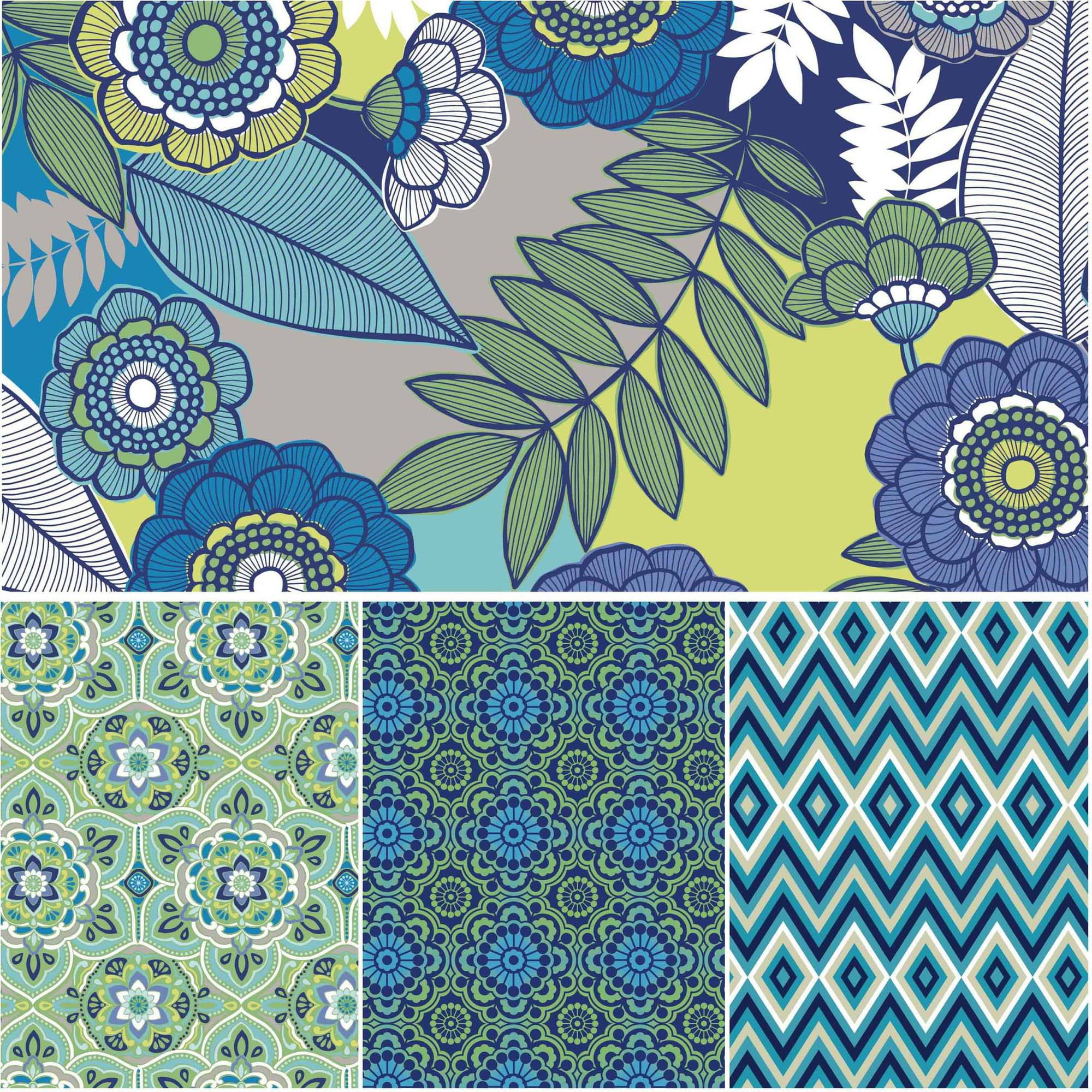Some Simple Information On Identifying Critical Issues For Textile Testing Instrument

Plans Of Recommendations

"Modern technologies are desirable because they are pest resistance, drought tolerance, cold tolerance and reduces the use of herbicides and chemicals in farming," he added. He noted that the technologies derived from authorized genetically-modified (GM) crops are as safe as conventional varieties and takes a shorter time to achieve desired results. "Kenya's cotton has been low in competition to the more efficient producers in India, China, Bangladesh and Vietnam," said Dickson Kibata, Technical Advisor on fiber crops from to the Agriculture and Food Authority (AFA). Kibata said that the leading producers of cotton have in the past years developed integrated strategy that cuts across production and value addition to markets. He attributed low production of cotton to high energy cost, low technology upgradation and competition from cheap imports. "The sub sector has outmoded ginneries, spinning and weaving with only garmenting at the Export Promotion Zones (EPZ) which is modernized," he noted. He revealed that today, only 30,000 farmers are involved in cotton growing that produces 4,000 tonnes against the market demand of 25,000 tonnes, yet the country has the potential for 200,000 farmers as eligible growers. Kibata revealed that AFA targets productivity efficiency of 2,500 kilograms per hectares in the future compared to the current 572 kilograms per hectares. "We have started a national cotton classing system through the planting of conventional and hybrid seed varieties," he noted.
For the original version including any supplementary images or video, visit http://www.xinhuanet.com/english/2018-06/03/c_137226001.htm
 Textile Testing วิธีทดสอบสิ่งทอ
Textile Testing วิธีทดสอบสิ่งทอ
ความคิดเห็น
แสดงความคิดเห็น